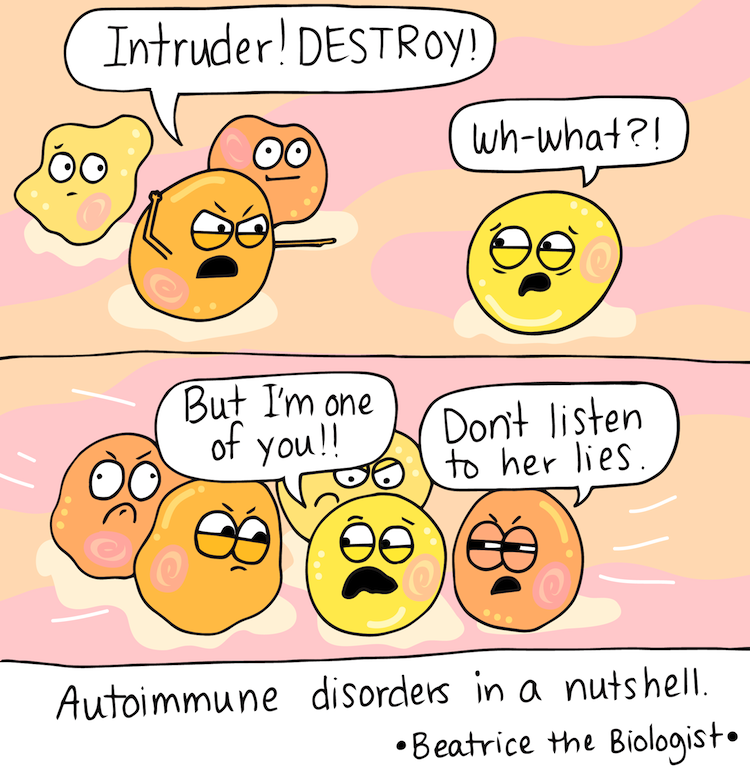Cell death
- Let's Biologue!
- Oct 27, 2023
- 2 min read
All organisms' cells undergo growth and death and this equilibrium between growth and death is essential for life.
Cell death occurs as a result of injury (exposure to harmful products) or by a pre-planned and regulated process of disintegration.
Necrosis
When exposed to rough conditions cells lose their balance becoming unstable and suffering alterations in their molecular paths leading to death. This is a pathological problem consequence of extreme conditions such as lack of oxygen, extreme temperature, infection, and others.

When cells can't keep up their natural function, they die leading to inflammation, tissue damage and accumulation of cellular debris.
Cell appearance
In Necrosis the cell will lose the integrity of the cell membrane leading to cell swelling.

Figure from: Robbins and Cotran pathologic basis of disease, 9th ed.
Apoptosis
The programmed death is characterized by the auto cell death like suicide and is a natural process in the multiplication and cell turnover, in other words, cells die in order to maintain the natural cell balance. When cells don't die when they are supposed to it will lead to some problems such as cancer. On the other hand, if cells die too fast, we will have liver diseases, heart diseases, or AIDS.
To conclude, apoptosis needs to happen at a specific period of time, or it will lead to diseases.
Cell appearance
There is no disintegration of the cell membrane, in fact the cell content condenses forming condensed bodies - apoptotic bodies
These bodies are recognized and destroyed by the immune cells.

Figure from: Robbins and Cotran pathologic basis of disease, 9th ed.
While Necrosis happens randomly and there is no energy use, apoptosis relies on different enzymes and depends on energy.
Team Let's Biologue
References
Robbins and Cotran pathologic basis of disease, 9th ed.
.png)


Comments